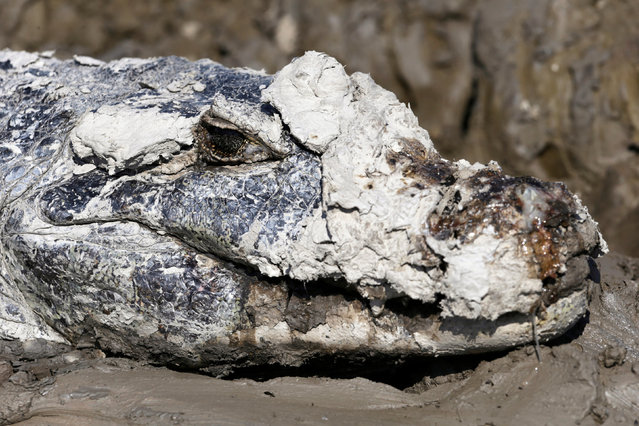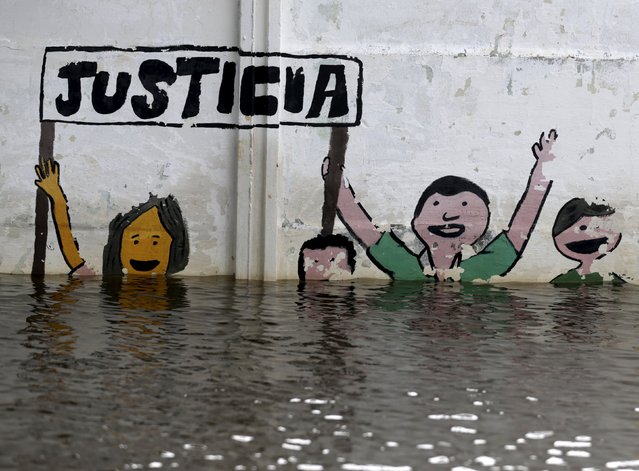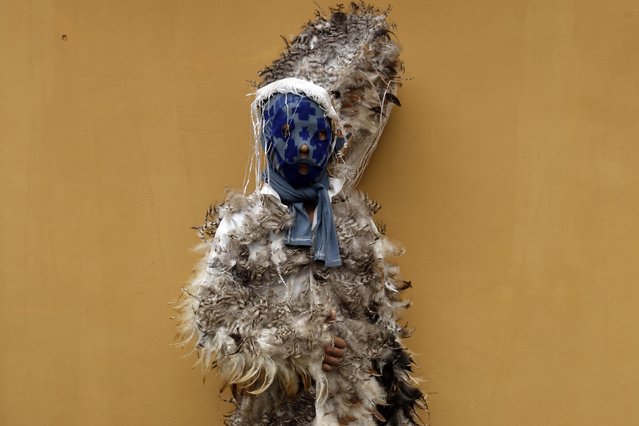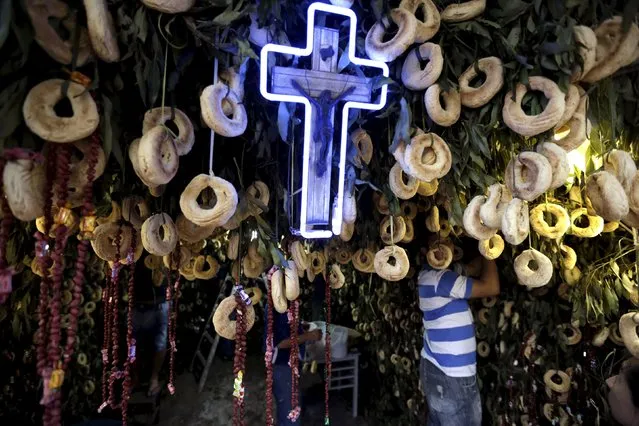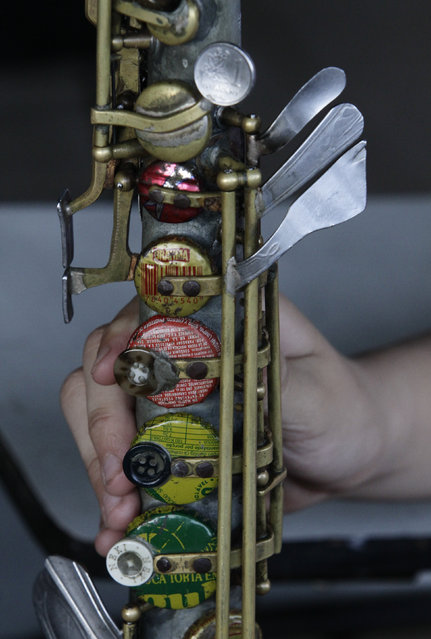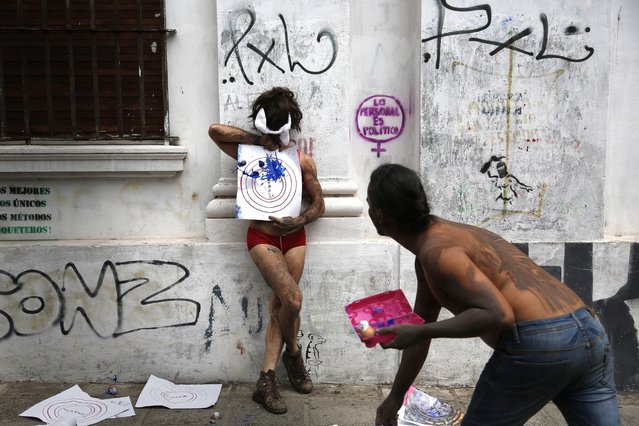
In this September 30, 2017 photo, people perform “transvestite target practice” to protest the killings of transvestite prostitutes during the annual LGBQT march in Asuncion, Paraguay. Advocacy groups fear the stigma and attacks against the LGBQT community could get worse now that the country's education minister has banned classes about sexual diversity in schools and even volunteered to help burn all books related to the subject. (Photo by Jorge Saenz/AP Photo)
15 Dec 2017 06:29:00,post received
0 comments


